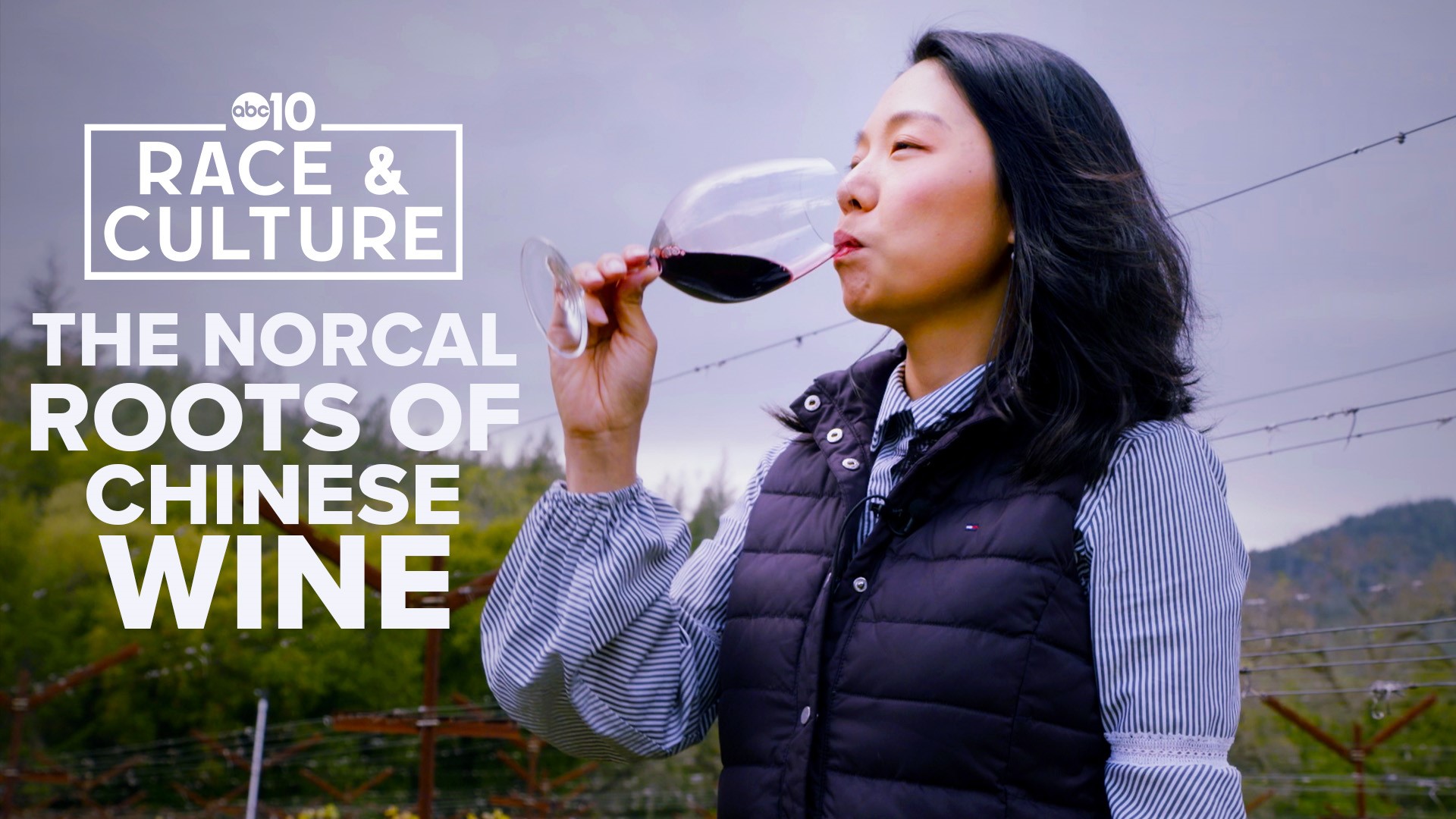NAPA COUNTY, Calif. — A good glass of wine can bring people together, spark conversation and in 1972, it even helped forge a new relationship between China and the United States.
In what is now known as the “Toast to Peace,” President Richard Nixon and the Premier Zhou Enlai drank a glass of sparkling Napa Valley wine. The Schramsberg Blanc De Blancs was a part of the first diplomatic conversations in 25 years and inspired China to start making wine of its own.
Chinese leaders loved the Napa wine so much, the country started its first large scale wine production.
Grape wine in China had never been made on a large scale, so Premier Zhou enlisted the help of Napa winemaker Xinyue Zhang’s grandfather, Shengjie Yan.
“They made a wine research group and chose my grandfather to be the leader of this group and sent him to France to learn winemaking,” Zhang said. “He was the first red winemaker in China and he made the first bottle of red wine in China.”
Thanks to the work Zhang’s grandfather did in the 1970s, winemaking has become a multi-billion dollar industry in China. His palette shaped the way wine tastes in his country, and now Zhang is working to introduce the Chinese palette to Napa under her label called 70s Love.
“My grandfather is in his 70s and he learned winemaking in the 70s, so I named it 70s Love,” Zhang said.
Since Zhang was a little girl, she has been following in her grandfather’s footsteps.
“Instead of going to kindergarten, my job was to stay in the cave and lift the bottles and move them,” she said.
Zhang attended UC Davis to learn the science behind Western wine making.
“A good winemaker is part scientist and part artist. So, a big part of our job is science and a big part is artist,” Zhang said.
For Zhang, the science and art are blended together by using both her Chinese and American palette. She says her wines pair well with the spicy plant-based Chinese diet and the fatty, meat-heavy American diet.
“Because I am making wine here in Napa Valley I am not making a Chinese-style wine. This is a Napa wine,” Zhang said.
Yes, Zhang‘s wine is a Napa wine, but it has Chinese influence. An influence that is not new to the Napa and Sonoma County region.
“Part of Napa wine making history was the Chinese involvement,’ Zhang said.
Following California’s gold rush, Chinese laborers planted many of the early vineyards and dug many of the wine caves. However, most of those laborers were pushed out by the Chinese Exclusion Act in the 1880s. But Zhang says, more than a century later, Chinese students are getting back into the California wine industry.
“I graduated from UC Davis and I can see more and more Chinese students to study winemaking, and I am happy to see more faces from Asian countries,” Zhang said.
As it did in 1972, wine helped open a dialog between two nations. Today, Zhang hopes her wine can do the same.
“I want to build a bridge between the two countries,” Zhang said.
ABC10: Watch, Download, Read
Watch more from ABC10
Saigon to Elk Grove: Inside Elk Grove's Paris Banh Mi

















